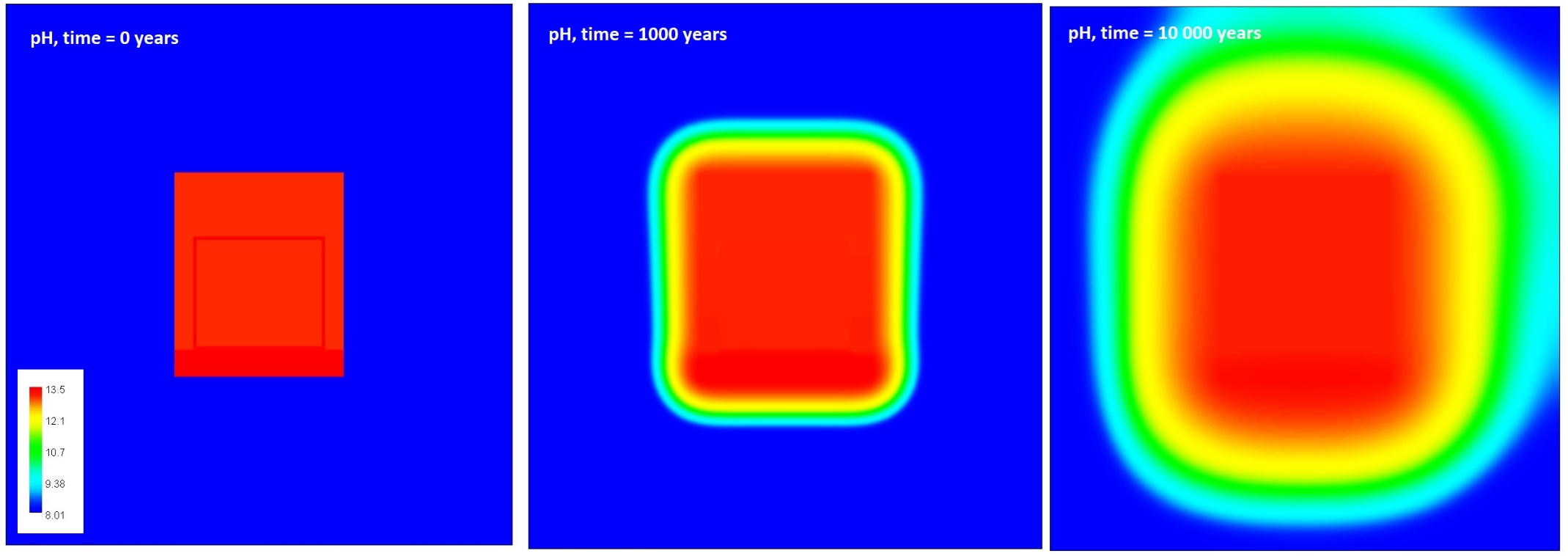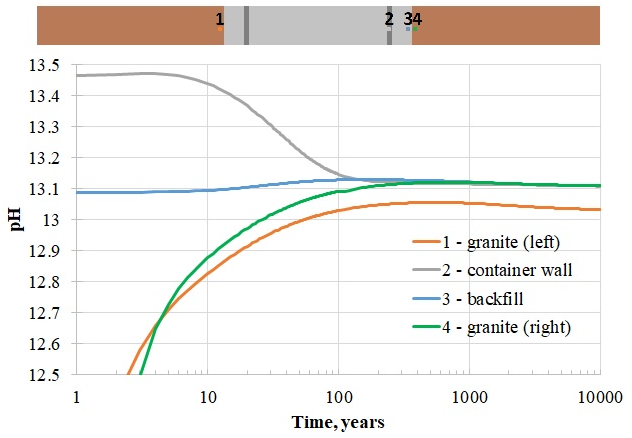LEI participation in EURAD ACED activities

One of the strategic objectives of the Lithuanian Energy Institute (LEI) is to participate actively in EU R&D&I programmes and international projects as well as expand cooperation with internationally recognised research centres. Therefore, researchers of the LEI participate in numerous international projects, including the ‘European Joint Programme on Radioactive Waste Management’ (EURAD), which is part of the EU Research and Innovation Programme Horizon 2020. Participation in EURAD provides a good opportunity for LEI researchers to expand collaboration with other European organizations, share knowledge and gain experience. EURAD activities cover high priority common interests of different actors involved in safe radioactive waste management. One of the EURAD work packages, WP2 ACED, is devoted to Assessment of Chemical Evolution of ILW and HLW Disposal Cells.
Many countries consider disposal of high level and long lived low- and intermediate-level radioactive waste in geological disposal facilities (GDF). Different host rocks and materials (e.g. bentonite, concrete) could be used for construction of the GDF. In addition, the repository can accommodate several types of waste (e.g. vitrified, metallic, and organic waste). Assessment of interactions of construction, waste materials and host rock as well as induced thermal, hydraulic and/or chemical gradients is necessary for understanding long term performance of the GDF components and a potential impact on GDF safety. Four types of disposal cells are considered in the WP ACED combining two types of host rocks (clay and granite) and two types of waste (high level waste and intermediate level waste). The research performed in the WP ACED ranges from microscale processes at interfaces between different materials to interactions of waste packages with their immediate environment and the host rock.
Within this work package, the LEI performs modelling of chemical evolution of the intermediate level waste disposal cell in granitic host rock. For this purpose, 1D and 2D models have been implemented into the computer tool PHAST (USGS, USA) taking into account physical and chemical properties of the materials, hydrogeological regime in the granitic host rock as well as interacting processes. A good agreement between 1D model and 2D model results on the corresponding intersection line has been obtained. The modelling results will also be compared with those obtained by other teams from UFZ (Germany) and VTT (Finland). The implemented models will be further used for sensitivity analysis to investigate the response of the system to different environmental conditions. The outcomes of the research performed under EURAD WP2 ACED can be used and adapted for national disposal cell designs. According to the nuclear facility decommissioning and radioactive waste management development programme for the year 2021-2030 approved by the Government of the Republic of Lithuania, all long lived low- and intermediate-level radioactive waste is planned for disposal in a GDF. Therefore, the knowledge gained in this WP is of great value for implementation of the national Programme and the GDF in Lithuania.

Dalia Grigaliūniene
LEI
Dalia.Grigaliuniene@lei.lt